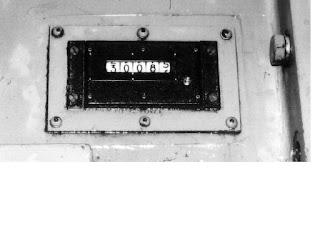Definition of Shut Height
Die shut height is defined as the height of the die in the shut or closed position. This height may be greater when measured on the shop floor than in the press because the die might not close completely because of die pressure systems. The press shut height for diesetting purposes is the distance from the top of the bolster to the bottom of the ram or slide at bottom dead center, (BDC). BDC is the 180° or six o’clock position of the press.
It is not necessary to use a common shut height throughout the pressroom. An example of how dies may be grouped follows:
It is not necessary to use a common shut height throughout the pressroom. An example of how dies may be grouped follows:
1. The line dies used to make a family of similar parts on one or more press lines form a group for standard shut height analysis.
2. In the same way, for double action presses, the draw die punch and blankholder
shut heights are the same on symmetrically opposite right and left-hand dies.
shut heights are the same on symmetrically opposite right and left-hand dies.
3. This procedure is a basic procedure for groups of dies that are similar.If it is not practical to use a common shut height for all dies, he jobs changed most often are the logical dies to modify to start your common shut height project.
Often, several groups of shut heights are required. For example, a series of small progressive dies may operate at a shut height 14-inches (355.6 mm).
Often, several groups of shut heights are required. For example, a series of small progressive dies may operate at a shut height 14-inches (355.6 mm).
Automotive fender dies might require 72- inches (1829 mm). A well thought-out common height strategy
can both speed up diesetting and help avoid die and press damage.
can both speed up diesetting and help avoid die and press damage.

No comments:
Post a Comment